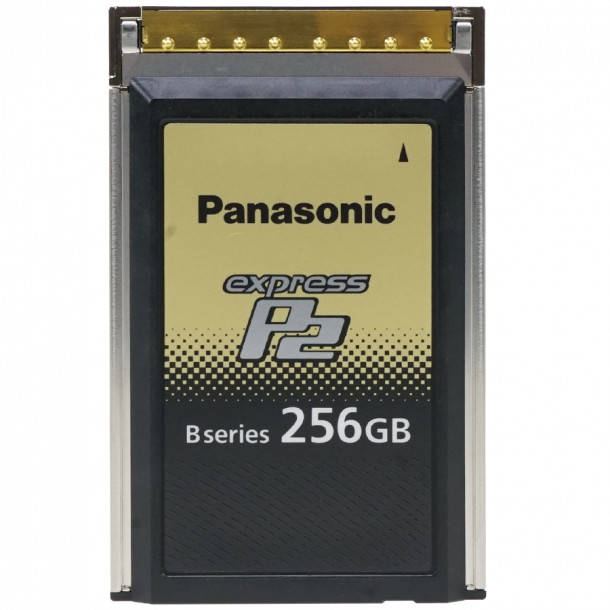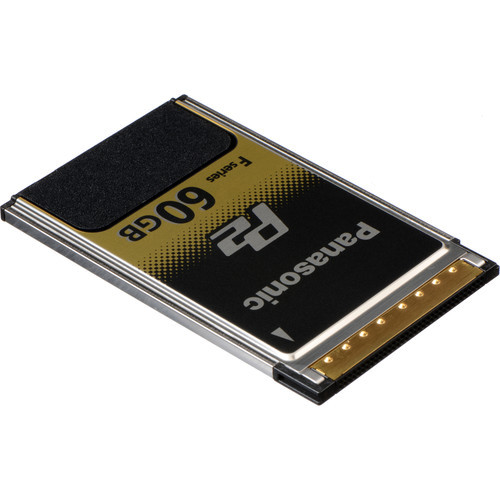
Otherwise, the host device and card will use the highest compatible UHS-I or SD bus speed. Host devices will obtain the maximum UHS-II speed when both the card and the host device support UHS-II. These are theoretical maximum limits and actual maximum performance for a specific card is defined on the label or in advertising. UHS-II specification defines bus architecture for options of 156MB/s and 312MB/s. Manufacturers implemented the 312MB/s option in memory cards. This is an additional design enhacement with connector interface modifications to increase performance. Ultra High Speed Phase II (UHS-II) bus design for SDHC and SDXC was added in SD spec 4.0. There is no compatibility problem using a UHS card with a non-UHS device. Otherwise, the host device and card will use the slower SD maximum speed obtainable. Host devices will obtain the UHS maximum speed when both the card and host device support UHS. UHS is an enhancement to the original SD interface specifications. These are theoretical maximum limits and actual maximum performance for a specific card is defined on it label or in advertising. UHS-I specification defines two bus architecture options for up to 50MB/s (UHS-50) and 104MB/s (UHS-104) data transfer rates.

This is a design enhancement to increase the performance of SDHC/SDXC cards. Ultra High Speed, Phase I (UHS-I) bus design for SDHC and SDXC cards was added in SD spec 3.0. SDXC cards will work in SDHC compatible readers (not SD readers) if the computer OS supports exFAT.įor more information on exFat see: Operating Systems that support the exFAT File System NOTE: Internal card readers on laptops up to year 2008 may NOT support SDXC cards.

To ensure compatibility, look for the SDXC logo on cards and host devices (cameras, camcorders, etc.). Most host devices built after 2010 should be SDXC compatible. SD Extended Capacity (SDXC™) card is an SD™ memory card based on the SDA 3.0 specification.īecause SDXC uses a different file system called exFAT and it works differently than standard SD cards, this format is NOT backwards compatible with host devices that only take SD (128MB to 2GB) or host devices that only take SDHC (4GB to 32GB). To ensure compatibility, look for the SDHC logo on cards and host devices (cameras, camcorders, etc.) Most readers and host devices built after 2008 should be SDHC compatible. SD High Capacity (SDHC™) card is an SD™ memory card based on the SDA 2.0 specification.īecause SDHC works differently than standard SD cards, this format is NOT backwards compatible with host devices that only take SD (128MB - 2GB) cards.

SD cards will work in all host devices that support SD, SDHC, or SDXC This article details the different specifications of all three types of SD memory cards and the speed class ratings and compatibilities that are different with each type.Īdditional Reference: SD Assocation Consumer Information SD, SD High Capacity (SDHC™), and SD Extended Capacity (SDXC™). There are three main types in the SD memory card family.


 0 kommentar(er)
0 kommentar(er)
